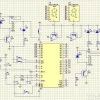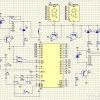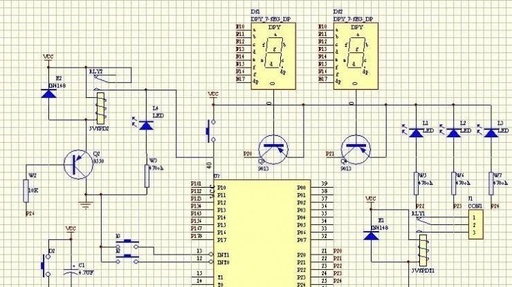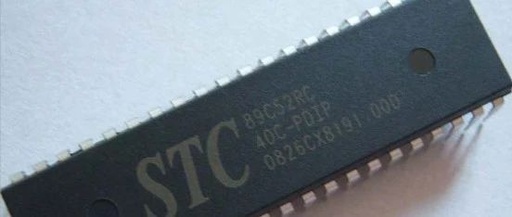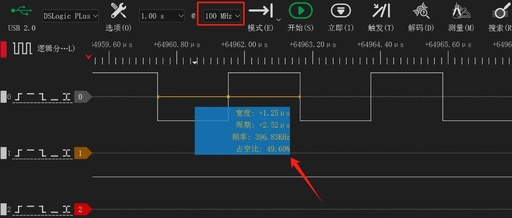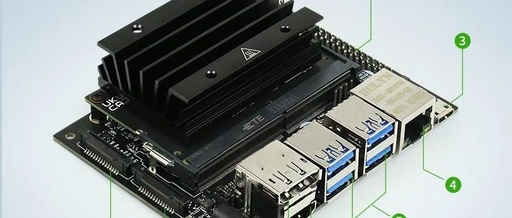Understanding the Minimum System Circuit of MCS-51/52 Microcontroller
Microcontroller The minimum system consists of the external connections of the chip, including the clock circuit, reset circuit, and power supply, forming a basic application system. It mainly includes the clock circuit and reset circuit. The microcontroller consists of a central processing unit (including some special function registers), internal RAM, program memory, various peripherals (I/O … Read more

